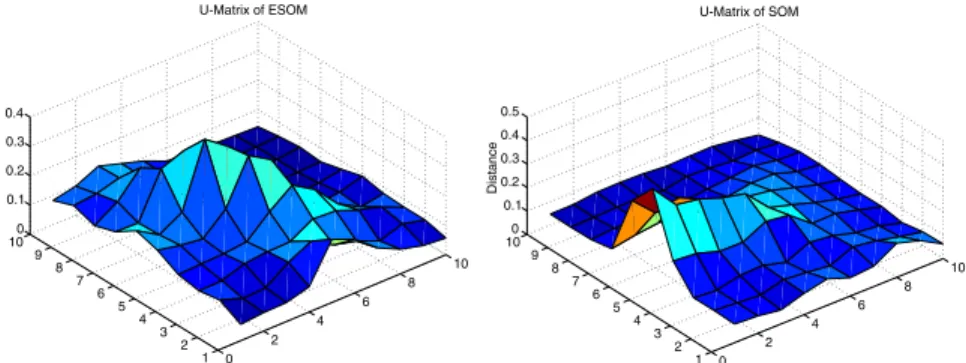Expanding Self-Organizing Map for data visualization and cluster analysis
Full text
Figure




Related documents
The encryption operation for PBES2 consists of the following steps, which encrypt a message M under a password P to produce a ciphertext C, applying a
Home health care agencies provide a range of in-home services from nursing to therapy to personal support and homemaking.. Personal support includes care such as grooming,
[87] demonstrated the use of time-resolved fluorescence measurements to study the enhanced FRET efficiency and increased fluorescent lifetime of immobi- lized quantum dots on a
Al-Hazemi (2000) suggested that vocabulary is more vulnerable to attrition than grammar in advanced L2 learners who had acquired the language in a natural setting and similar
Distance Education Support: Law librarians can provide an additional point of connection to distance education students by providing them with both access to print and digital
National Conference on Technical Vocational Education, Training and Skills Development: A Roadmap for Empowerment (Dec. 2008): Ministry of Human Resource Development, Department
19% serve a county. Fourteen per cent of the centers provide service for adjoining states in addition to the states in which they are located; usually these adjoining states have
Nurse leaders need to support in-service education and training for all levels of staff involved in care provision, based on identified needs and continuing education

